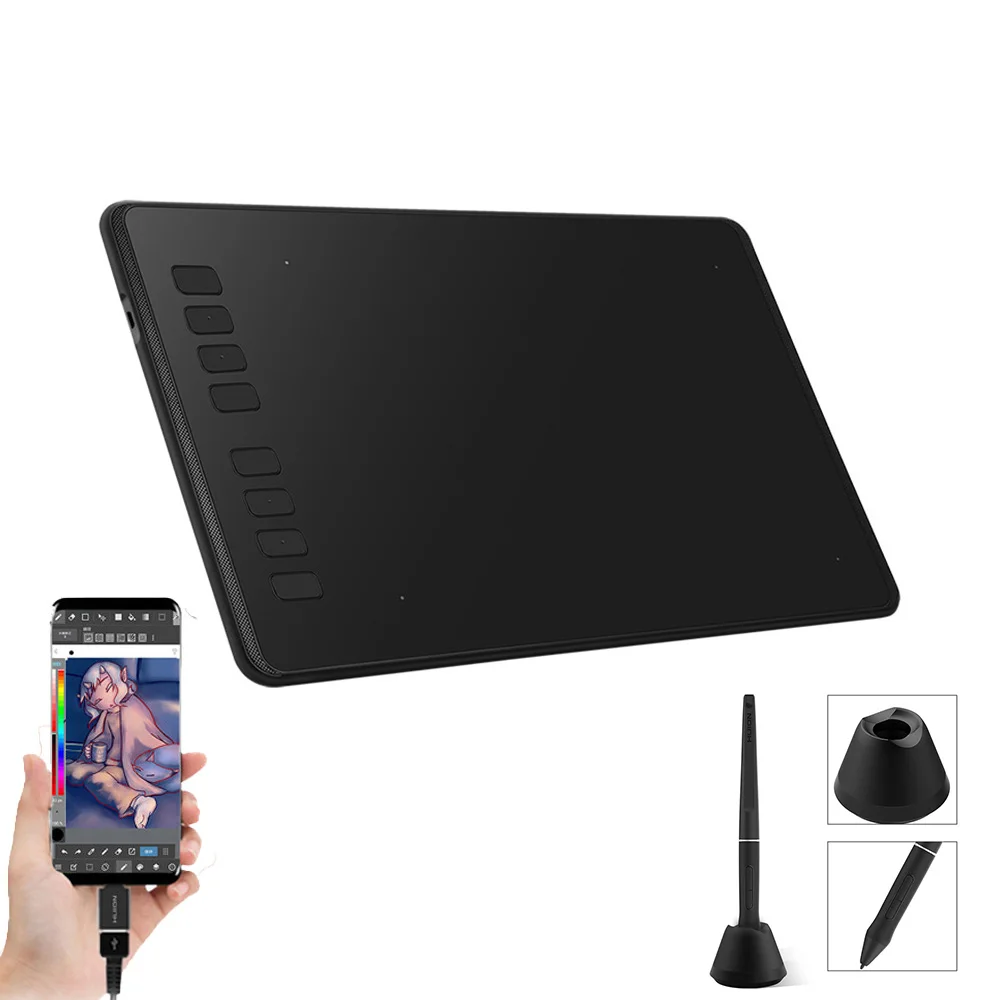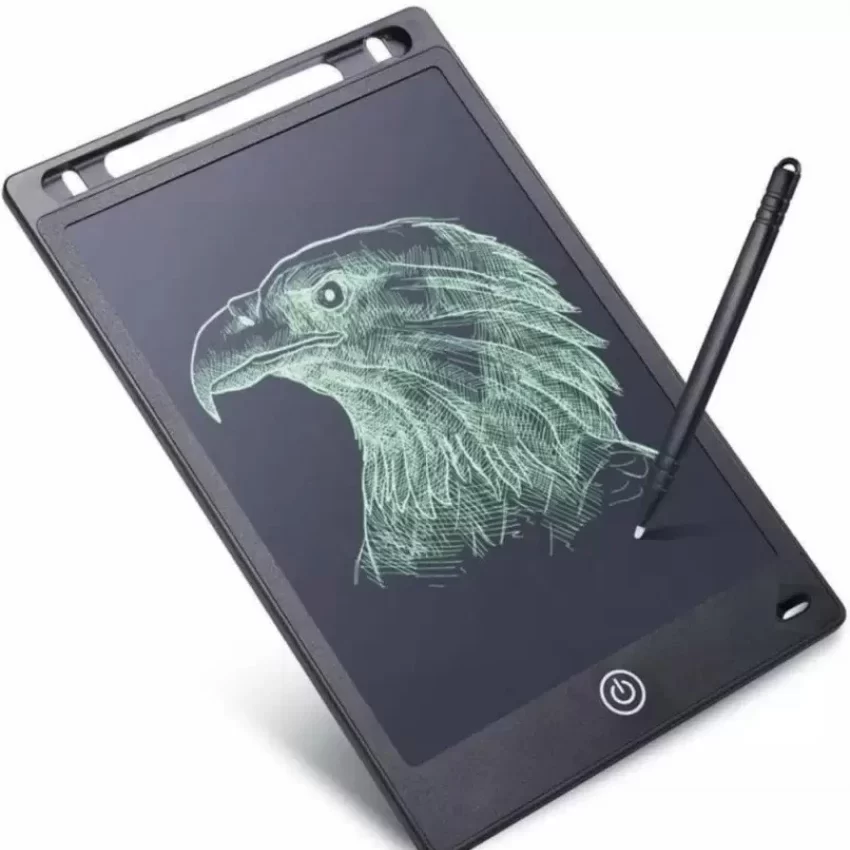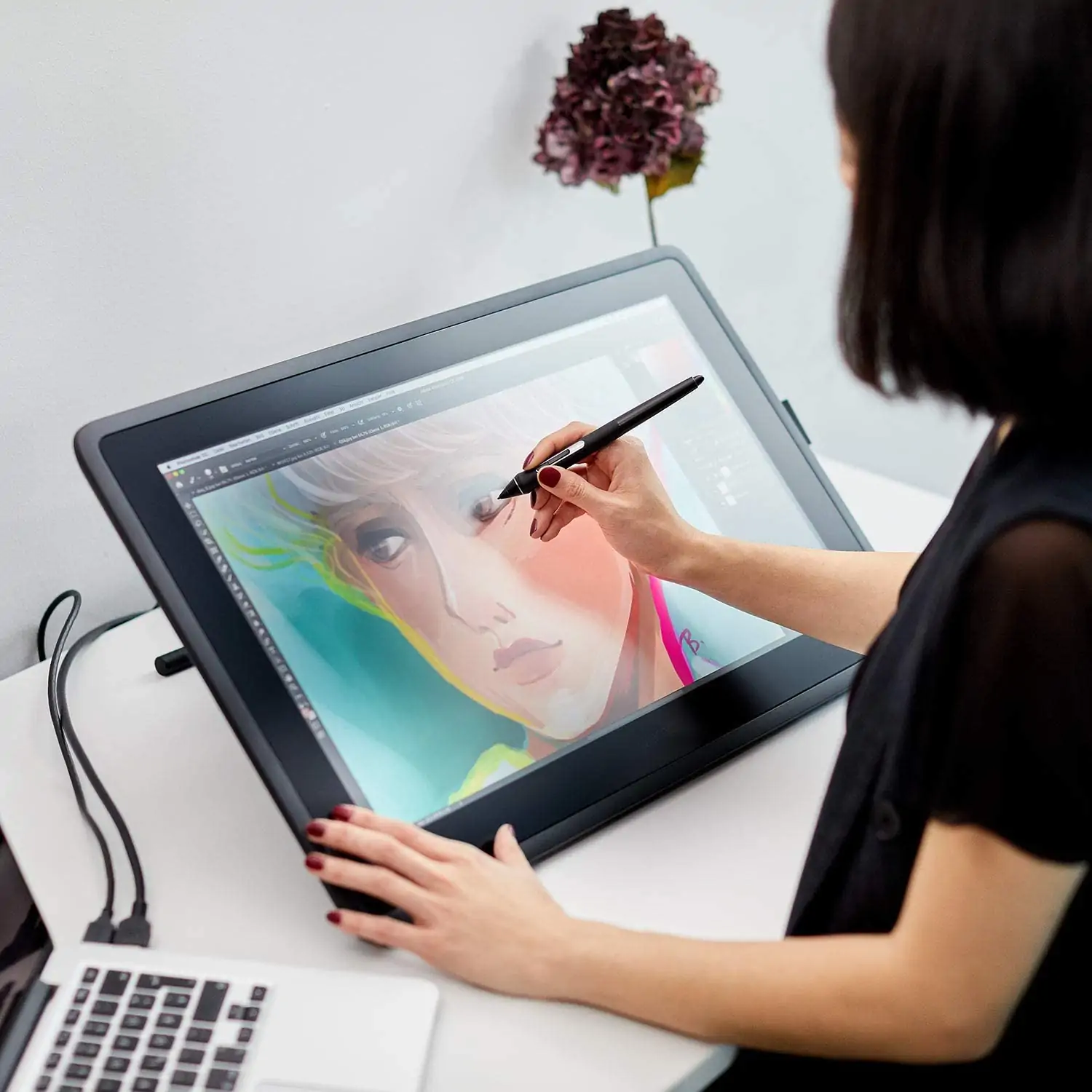The Evolution of Digital Art Tools
Drawing tablets revolutionize the art world. They bridge traditional and digital art forms. These devices transform computers into powerful creative tools. Artists now wield styluses instead of mouse pointers. The first drawing tablets appeared in the 1960s. Technology has advanced rapidly since then. Modern tablets offer pressure sensitivity and tilt recognition. They capture the nuances of an artist’s hand movements. Resolution and accuracy continue to improve. Some tablets now feature built-in displays. Others connect to computers or mobile devices.
Drawing tablets cater to various skill levels and budgets. Hobbyists and professionals alike benefit from these tools. The art industry embraces digital creation methods. Many traditional artists transition to digital mediums. Drawing tablets facilitate this shift. They offer flexibility and efficiency in art production. Digital art gains recognition in galleries and museums. Drawing tablets play a crucial role in this acceptance. The evolution of these devices parallels the growth of digital art. As technology advances, so do the possibilities for digital creation.
The Anatomy of a Drawing Tablet
- Tablet Surface: This is the active area that recognizes and translates your pen movements into digital data. It often features a pressure-sensitive grid which detects not only the location but also the amount of force applied by the stylus.
- Stylus/Pen: Designed to mimic the feel of a traditional pen or brush, it contains electronic components that communicate with the tablet’s sensors. Modern styluses can detect tilt, rotation, and varying degrees of pressure, enabling realistic line variations and shading in your artwork.
- Software Interface: The compatible graphics software receives the data from the tablet and interprets it into visual elements on screen. Common software includes Adobe Photoshop, Corel Painter, and Autodesk Sketchbook.
Pressure Sensitivity: The Heart of Precision
The essence of a drawing tablet lies in its pressure sensitivity. Embedded beneath the tablet’s surface are layers of capacitive or resistive material that react to the pressure exerted by the stylus. As you press harder or softer on the tablet, the technology detects these changes and adjusts the thickness, opacity, or intensity of the lines accordingly. This feature provides a level of control akin to using different pens or brushes with varying pressure.
Location Tracking: Mapping Your Movements
Drawing tablets employ electromagnetic or optical technology to track the position of the stylus on the tablet surface. Electromagnetic resonance allows the stylus to communicate its coordinates wirelessly, while optical tracking uses cameras to pinpoint the pen’s location. Regardless of the method, the result is real-time translation of your hand movements onto the digital canvas with high accuracy and low latency.
Key Features to Consider When Choosing a Drawing Tablet
Several features define a drawing tablet’s performance. Pressure sensitivity tops the list of important attributes. It determines how the tablet responds to stylus pressure. Higher sensitivity allows for more nuanced line work. Active area size affects the drawing experience. Larger areas provide more room for broad strokes. Smaller tablets offer portability and convenience. Resolution impacts the precision of drawn lines. Higher resolution tablets capture finer details. Stylus type plays a crucial role in usability. Some styluses require batteries, while others don’t.
Tilt recognition adds another dimension to digital drawing. It allows for shading techniques similar to traditional pencils. Palm rejection prevents unintended marks from hand contact. This feature proves essential for natural drawing postures. Shortcut buttons streamline workflow. They allow quick access to common tools and functions. Display quality matters for pen display tablets. Color accuracy ensures artwork looks consistent across devices.
Compatibility with various software affects versatility. Some tablets work best with specific programs. Ergonomics influence comfort during long drawing sessions. Weight, size, and design all contribute to usability. Connectivity options determine setup flexibility. Wireless tablets offer freedom, while wired ones ensure stability. Battery life matters for portable tablets. Long-lasting batteries support extended drawing sessions. Understanding these features aids in making informed decisions. The ideal tablet balances these attributes according to user needs.
Beyond Drawing: The Multifaceted Applications of Drawing Tablets
Drawing tablets have evolved to become versatile tools that extend far beyond the realm of traditional drawing and sketching. As technology continues to advance, their applications have broadened into numerous fields, enhancing productivity and creativity for professionals across various industries.
A. Graphic Design
Designers rely on drawing tablets for precise control when manipulating vector graphics, creating complex compositions, or editing photos. The pressure-sensitive stylus allows for nuanced adjustments in opacity, brush size, and texture application, resulting in more organic and realistic designs compared to using a mouse.
B. 3D Modeling and Animation
In the world of digital sculpting and animation, drawing tablets serve as an essential tool for artists to shape and mold virtual clay with precision. They can easily manipulate 3D models by controlling brushstrokes, adding textures, and refining details just like they would with physical materials.
C. Architectural Drafting and CAD
Architects and engineers use drawing tablets to draft plans and blueprints with accuracy and speed. The tablets facilitate hand-drawn-like detailing while working with computer-aided design (CAD) software, allowing them to add annotations, make quick edits, and review projects with a natural pen-on-paper feel.
D. Digital Note-Taking and Annotation
In educational and professional settings, drawing tablets are increasingly used for note-taking, annotating documents, and even signing electronic forms. With apps like OneNote or Notability, users can take handwritten notes, sketch ideas, and collaborate seamlessly in real-time.
E. Presentations and Remote Collaboration
Interactive whiteboarding and remote collaboration platforms have integrated drawing tablet support, enabling presenters to illustrate concepts live, annotate slides, and engage audiences dynamically. This is particularly useful in remote work environments where visual communication plays a vital role.
F. Gaming and Virtual Reality
Gamers and VR developers leverage drawing tablets for game design, level creation, and even in-game controls. Motion and pressure sensitivity allow for intuitive gameplay experiences and detailed environment building.
G. Sign Language Interpretation and ASL Learning
For sign language interpreters, drawing tablets provide a way to translate American Sign Language (ASL) gestures into written text or video formats, bridging the communication gap. They also serve as a learning aid for those studying ASL, offering a tactile experience for practicing signs.
H. Medical Fields
In healthcare, especially in telemedicine and surgery simulations, drawing tablets enable medical professionals to annotate images, diagrams, and scans. Surgeons can practice procedures using simulation software, making use of the stylus’s precision for intricate movements.
Drawing tablets have transcended their original purpose, revolutionizing workflows and creative processes across multiple sectors. By merging the human touch with digital capabilities, these devices continue to unlock new horizons for professionals and hobbyists alike, redefining what it means to interact with technology in innovative and meaningful ways.
Software Compatibility and Digital Art Programs
Drawing tablets require compatible software to function optimally. Many tablets come bundled with basic drawing programs. These serve as starting points for new digital artists. Professional-grade software offers more advanced features. Adobe Creative Suite remains an industry standard. Photoshop and Illustrator integrate well with most tablets. Corel Painter mimics traditional media effectively. It pairs well with pressure-sensitive tablets. Clip Studio Paint caters specifically to comic and manga artists. Autodesk Sketchbook provides a user-friendly interface for all levels.
Procreate stands out as a powerful iPad-exclusive app. It takes full advantage of the Apple Pencil’s capabilities. Open-source options like Krita offer robust features. They provide cost-effective solutions for budget-conscious artists. Some tablets feature proprietary software. These programs optimize performance for specific devices. Cross-platform compatibility allows for flexible workflows. Artists can work across different devices seamlessly. Regular software updates enhance tablet functionality. They often introduce new features and improvements.
Drivers play a crucial role in tablet performance. Keeping them updated ensures optimal compatibility. The choice of software impacts the overall drawing experience. Artists should consider their specific needs when selecting programs. Experimenting with different software helps find the best fit. Many programs offer free trials for testing purposes. The right combination of tablet and software unleashes creativity. It empowers artists to bring their visions to life digitally.
Conclusion
Understanding how drawing tablets work opens up a world of possibilities for creatives and professionals alike. From capturing the nuances of a painterly stroke to the meticulous detail of technical drawings, these devices empower users with an intuitive and powerful toolset that marries the tactile joy of traditional art mediums with the boundless potential of the digital world. By embracing the sophisticated technology within these tablets, artists can unlock new dimensions of expression and productivity in their digital creations.




